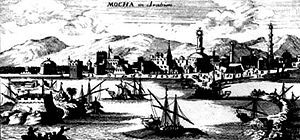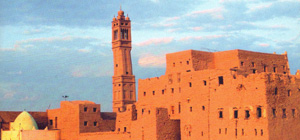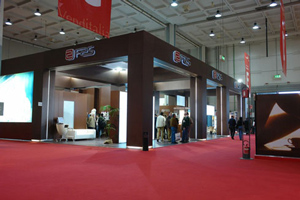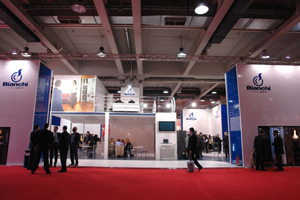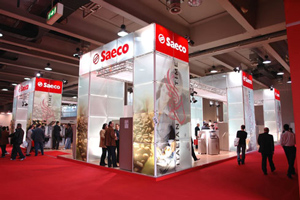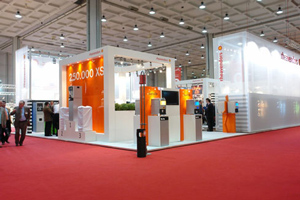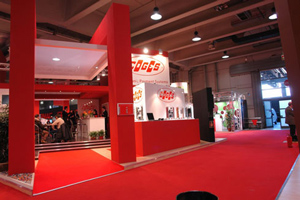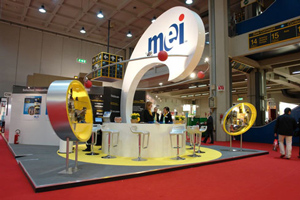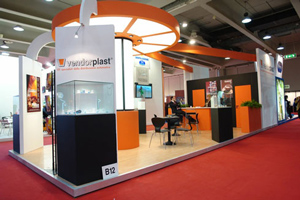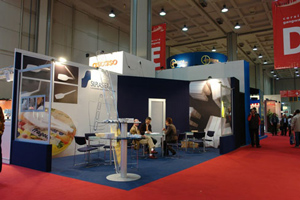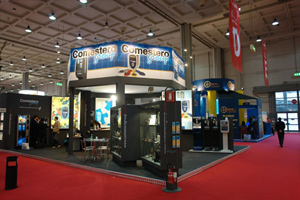|
Coffee was first mentioned in the first half of the ninth century in Arabic medical documents. It was found by accident in the North-East Africa in the region now known as Ethiopia. Development:Coffee on the Arabian Peninsula quoted Arab traders in the eleventh century, and planted the first plantations in the territory of present-day Yemen above the harbor Mocha, where they still grow very distinctive varieties of coffee. Today, coffee is grown along a narrow subtropical belt on the planet, and is one of the most important raw materials in the world. |
Automation has permeated all aspects of human life, therefore there was a need to invent a machine that would prepare a drink made from coffee... After several unsuccessful attempts at the end of the nineteenth century, finally at the Milan Fair 1901 was launched the first device for preparing coffee. The constructor was an Italian engineer Luiggi Bazzera. 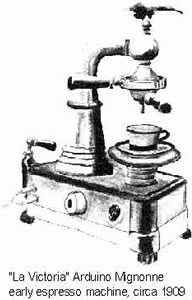 Espresso is the most intense coffee beverage that can be gained in terms of aroma and taste. He is the one whose shape is changing and morphing from shape to shape during the two minutes of life from preparatory to drinking. |
|
Coffee is the seed juniper tree, which grows at elevations over 2000 meters. The trees are green all year and grow to a height of 8 meters. To simplify harvesting, cultivated trees are trimmed to a height of 3 to 4 meters. Coffee berries during maturation are crossing the road from green through yellow through to bright red when they are ready for harvest. This process takes six to nine months. Today we know for 55 botanical species of coffee, while the two most widespread and commercially most famous is coffee Arabica and coffee Robusta. Coffee Arabica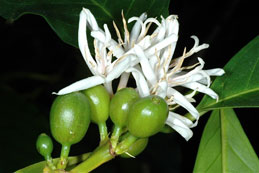
Its grain is best, managed at altitudes up to 2000 meters or more. This botanical species gives a superior quality coffee, tastes good and superior performance. To give a good yield it needs a lot of attention, and its caffeine content is half lower than at Robusta. Arabica production represents nearly 80% of world coffee trade. |
Coffee RobustaThis type of coffee thrives at altitudes of 600 to 1000 meters. The yield per tree is from 5 to 7 kg. Robusta trees are easier for growing, gives higher yields and more resistant to disease than the Arabica tree. Robusta beans usually provide chocolate woody and sharp taste, because it is added as addition to blends of coffee. They are added when if there is search for lower prices and higher caffeine content. 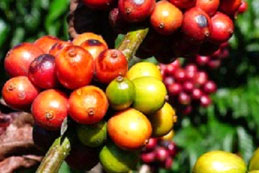
|
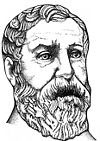
The first recorded reference to a vending machine is found in the work of Hero of Alexandria, a first-century engineer and mathematician. His machine accepted a coin and then dispensed a fixed amount of holy water. When the coin was deposited, it fell upon a pan attached to a lever. The lever opened up a valve which let some water flow out. The pan continued to tilt with the weight of the coin until it fell off, at which point a counter-weight would snap the lever back up and turn off the valve. |
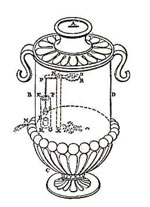
|
Despite this early precedent, vending machines had to wait for the Industrial Age before they came to prominence. The first modern coin-operated vending machines were introduced in London, England in the early 1880s, dispensing post cards. The first vending machine in the U.S. was built in 1888 by the Tomas Adams Gum Company selling gum on train platforms. The idea of adding simple games to these machines as a further incentive to buy came in 1897 when the Pulver Manufacturing Company added small figures, which would move around whenever somebody bought some gum from their machines. This simple idea spawned a whole new type of mechanical device known as the "trade stimulators". The birth of slot machines and pinball is ultimately rooted in these early devices.
|
In December 1970 Ussery Industries of Dallas, Texas at its Dallas convention displayed its new "talking" vending machine, the Venda Talker. With insertion of a coin, the machine said "thank you" and added a one-liner voiced by comic Henny Youngman. The Venda Talker was featured on Johnny Carson's Tonight Show in March 1971. Vending machines have undergone significant changes over the decades. Today many machines have developed the ability to receive credit cards, magnetic keys or tokens and the companies that work with the vending machines have the possibility of monitoring devices remotely via a GPRS system. Vending machines are given new and more modern shape and design. Their field of application was widened. So that there are vending machines for coffee, juice, water, sweet and salty snacks, cigarettes, newspapers, mail, clothing, footwear, travel cards... |
|
